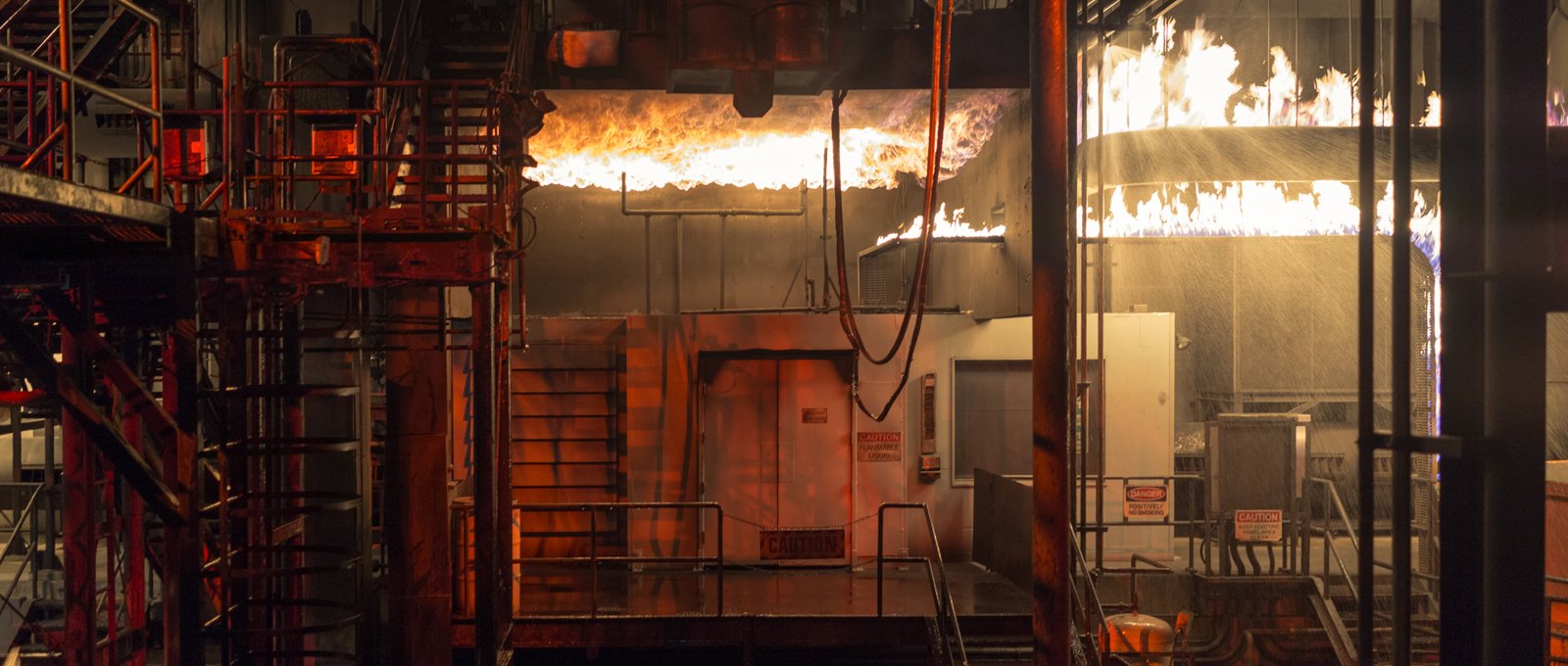
Construction Products Regulations and Cable Industry
1. Introduction
As you know, with the publication of the “EN 50575” standard in July 2015, which is the extension of the CPR Construction Products Regulation – Construction Products Regulation covering construction materials in the cable sector and regulates the applications in “power, control, and communication” cables, the most significant step in recent years has been taken in the cable sector.
The EN 50575 standard specifies the requirements for the reaction to fire performance of “power, control, and communication” cables used in any structure, including buildings and infrastructure, the tests related to these requirements, and the criteria for conformity assessments. In other words, it does not specify which cable should provide which performance, but which reaction to fire performance should meet which criteria. Additionally, it mandates the declaration of fire performance and CE marking for cables used in structures.
Please note that EN 50575 is only concerned with “reaction to fire” performance. Just as cables have “reaction to fire” performance, they also have “resistance to fire” performance. This performance is related to the “circuit integrity under fire” characteristics of the cables. A harmonized standard related to the fire resistance performance of cables has not yet been published.
2. About EN 50575 Standarts
The EN 50575 standard specifies important criteria and requirements regarding the reaction to fire performance of cables, while also referencing and using definitions from existing test standards such as EN ISO 1716, EN 50399, EN 60332-1-2, EN 61034-2, and EN 60754-2.
- EN 50399: Common test methods for cables under fire conditions
- EN 60332-1-2: Tests on electric and optical fibre cables under fire conditions
- EN 60754-2: Test on gases evolved during combustion of materials from cables
- EN 61034-2: Measurement of smoke density of cables burning under defined conditions
- EN ISO 1716: Reaction to fire tests for products - Determination of the gross heat of combustion
The basic classification criteria and related test methods for the reaction to fire classes found in the standard are provided in the table below. Additionally, the supplementary criteria used are also detailed in the standard.

The most important points to know about the EN 50575 standard are as follows:
- This standard specifies the reaction to fire performance requirements for electrical cables used in any structure.
- Electrical cables include all “power, control, and communication” cables, including fiber optic cables.
- No voltage level is specified in the standard.
- Cables within the scope of fire resistance will be examined later in a different standard.
- This standard specifies what the CE mark and accompanying information are and how they should be placed on the product or label in the format specified in the standards.
- The standard also specifies how the fire performance declarations of cables should be prepared.
3. Conclusions
Although many construction materials are CE marked according to the CPD, many power, control, and communication cables have been CE marked under the Low Voltage Directive (LVD) for years. However, the Low Voltage Directive did not provide clear information on what this CE mark means, what conditions it must meet, and what requirements must be met for products to be manufactured, imported, or distributed in Europe. All electrical devices with voltage levels up to AC 1000V and DC 1500V that comply with the Low Voltage Directive could be manufactured, sold, or distributed in Europe. Additionally, the CE marking under the LVD was based solely on the manufacturer’s declaration, whereas now a more substantial system involving third parties is in place.
While the CE marking under the Low Voltage Directive continues, the CE marking under the CPR, which came into effect with the CPR, aims to determine the reaction to fire performance of cables (with fire resistance performance expected to be included in the near future) and to limit the production and spread of flame and smoke to other structures in the event of a fire. The EN 50575 standard should be well understood and implemented not only by cable companies that will sell to European Union countries but also by manufacturers, project companies, contractor companies, relevant public institutions and organizations, wholesalers, and distributors who want to increase cable standards and quality awareness in our country, ensure fire safety to minimize potential losses, and prevent the market and use of low-quality products that do not comply with standards.
We must do our best during the one-year transition period ahead. As the world leader in the cable industry, Prysmian Group closely follows developments in standards, has established material and combustion laboratories capable of conducting tests within the scope of the CPR, and continues to inform its stakeholders and the industry through various channels, including press releases, campaigns, guide documents, and technical training.


